This post contains an affiliate link.
☆☆☆☆☆ 4.75 Star Rating
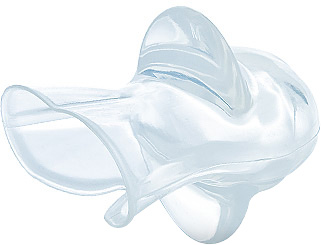
ZenGuard by Zensleep is a newer Tongue Stabilizing Device
Today, there are more choices than ever when it comes to buying a snoring mouthpiece. In fact, there are currently well over thirty mouthpieces to choose from. The recent introduction of the ZenGuard by ZenSleep has made the decision of choosing a mouthguard even more complex, as it has added to the growing list of anti-snoring mouthpieces that are available.
Perhaps the best way to narrow down the number of choices is to first decide between a Tongue Stabilizing Device (TSD), also known as a Tongue Retaining Device (TRD) and Mandibular Advancement Device (MAD). One device works by holding the jaw forward to open the airway while the other holds the tongue forward, having the same effect.
When deciding between the two, the primary consideration should be your ability to breathe freely from your nose. Those with unobstructed nasal passages may choose either a TSD or MAD. If nasal breathing is not an option, a MAD may be a better choice because they are typically designed with an air hole which permits mouth breathing. Those with chronic sinus issues should only consider a MAD with a breather hole.
So which one works better – The MAD or TSD? The answer to this question is that they are both effective and for those who are able to use either, it mostly comes down to the features that each offer.
Over the past 4 years, I’ve tested nearly every mouthpiece available and have written about my experience with each. To help make the decision easier for my readers, I have created a table summarizing the mouthpieces that I have reviewed as well as my recommendation based on factors such as comfort, ease of use, cost, and credibility.
What Do We Know about the ZenSleep, the Company Behind ZenGuard?
 In the evolution of TSD’s first, there was the aveoTSD then along came the Good Morning Snore Solution followed by the Pacifier and now we have the ZenGuard by ZenSleep.
In the evolution of TSD’s first, there was the aveoTSD then along came the Good Morning Snore Solution followed by the Pacifier and now we have the ZenGuard by ZenSleep.
When reviewing a product, I always begin by examining the company who produces and sells the product. ZenSleep’s Facebook page does state that the company was founded in December of 2014. The company lists a contact phone number of (800) 278-0150 as well as hello@zensleep.com as the email address.
I was unable to find much information regarding the identity and credentials of the creator of ZenSleep.
About the ZenGuard
The ZenGuard is one of several products offered by ZenSleep. The company also sells the ZenVents (Nose vents), ZenStrap (Chinstrap), ZenMask (Facemask), and ZenPlugs (EarPlugs). In addition, they offer an “all-in-one” kit which contains one of each mentioned item.
This device is considered a TSD because it attaches to the tip of the tongue and holds the tongue forward to prevent snoring.
Exactly How Does it Work?
When mentioning a TSD such as the ZenGuard, usually the first question that comes to mind is “How does it work?”
There is nothing revolutionary about the design of the ZenGuard. Similar TSD’s have been in existence for well over a decade now. TSD’s have been studied for years and according to this study recently published in the Journal of Dental Sleep Medicine, TSD’s are just as effective when it comes to treating mild Obstructive Sleep Apnea (OSA) as MAD’s are. OSA and snoring are often closely related as many who snore also have OSA.
In order to better understand exactly how the ZenGuard works, it’s important to first know exactly why we snore.
What Causes Snoring?
In most cases, the sound of snoring originates from within the airway. As we age, our airway becomes less toned and loose. This issue is often more pronounced in people who are overweight as excessive neck fat can apply pressure against the airway. While asleep, the tongue falls into the back of the throat, the jaw relaxes and falls back causing the muscles surrounding the airway to relax and loosen up. Now imagine what the inside of an airway that is loose and relaxed may look like? It becomes narrow and often times partially collapsed. As air rushes past a collapsed loose airway, loose tissues vibrate and collide with each other. The colliding tissue creates the familiar sound of snoring.
How The ZenGuard Prevents Snoring
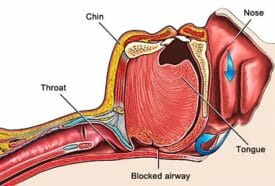
A relaxed airway can collapse and may obstruct breathing. The ZenGuard holds the tongue muscle forward to help clear the airway and prevent snoring.
Take a quick look at the anatomy of the human airway. It’s easy to see that the muscles surrounding the jaw and tongue connect to form a point in the Oropharynx area. This is the area that becomes narrow and is the site where the sound of snoring typically originates. Now, imagine if you were to pull and hold the tongue and the associated muscles around the airway forward. Doing so will tighten the tissue, open the airway and allow air to flow unobstructed. Unobstructed breathing = no snoring. TSD’s, such as the ZenGuard perform this task which in turn prevents snoring.
MAD’s, the TSD’s sister device, also performs the same task of pulling and holding this muscle group. These devices actually fit entirely inside of the mouth between the upper and lower teeth.
Description of the ZenGuard
The ZenGuard is a soft, silicone-like bulb device that you squeeze and place onto the end of your tongue. At the front end, “wings” protruding from both the upper and lower sides. These wings rest on the outside of the upper and lower lips and prevent the tongue and device from falling back into the mouth. Without this feature, this TSD would be useless as it would not hold the tongue forward and tighten the airway.
The opposing end of the bulb is open and is the entry point in which the tongue is inserted. There is a “V” notch cut into the bottom of the device to accommodate for the Frenulum which is the piece of skin between the bottom of the tongue and the floor of the mouth. When inserting the ZenGuard onto the tongue, it’s important to face this notch down.
The ZenGuard closely resembles another product that I have reviewed called the aveoTSD. It was developed by a New Zealand orthodontist and sleep medicine expert, Dr. Chris Robertson. The aveoTSD is, however, a prescription-only device that is available through your dentist or physician.
What Type of Material is It Made From and Is It BPA Free?
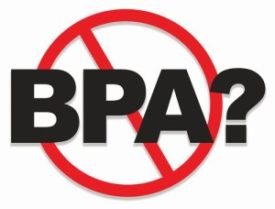 One important consideration to examine is the type of material a mouthpiece is made from. It’s important to understand what type of material you are putting into your mouth each night. Reputable manufacturers will construct their mouthguards from medical grade silicone, typically USP Class IV.
One important consideration to examine is the type of material a mouthpiece is made from. It’s important to understand what type of material you are putting into your mouth each night. Reputable manufacturers will construct their mouthguards from medical grade silicone, typically USP Class IV.
In addition to knowing the type of material, you should also know whether or not the device contains BPA, a synthetic compound that has been used in a variety of products from water bottles to can linings. While BPA’s are still being widely used today, the use of BPA’s remains controversial.
The following is posted on the product detail page on the companies website:
“Comfortable and easy to wear, this BPA free, soft medical grade silicone guard…”
How Much Does ZenGuard Cost?
 When deciding which snoring mouthpiece to choose, an important consideration for many is the price. The ZenGuard sells for $97.00 USD with free US Shipping.
When deciding which snoring mouthpiece to choose, an important consideration for many is the price. The ZenGuard sells for $97.00 USD with free US Shipping.
It appears as if they only sell the ZenGuard in the United States.
Is ZenGuard FDA Cleared?
TSD’s and MAD’s that are used for snoring are considered class II medical devices by the Food and Drug Administration (FDA) and technically speaking, require a prescription. Prior to bringing a product to market, the manufacturer must first file the appropriate paperwork with the FDA. The FDA must “clear” a product prior to being authorized for sale.
On the FDA website, you can search their database to see if a product is registered with the FDA. A quick search did not reveal any results for the terms ZenSleep or ZenGuard, although this does not necessarily mean that it’s not cleared as it could have been cleared using a different name.
Money Back Guarantee?
ZenSleep does offer a money back guarantee as stated on their homepage:
“If you are not completely satisfied, simply return your purchase within 90-days for a full refund. We believe in our devices and offer 100% guaranteed results.”
However, if you read their return policy it states:
“All returns are subject to a 25% environmental waste disposal fee”
My Experience Testing out the ZenGuard
When the ZenGuard arrived, it appeared exactly as pictured on the website. The material seemed durable yet soft and flexible. Overall, I found the Zenguard to be a well made, quality mouthpiece.
As with all other mouthpieces that I have tested, I tried the ZenGuard for a total of two weeks and documented the results each morning.
I’ll start by mentioning that if this is your first time using a TSD, you will likely notice that your tongue will be slightly sore in the morning and you may even drool while asleep. This is completely normal and should go away with time. I’ve been using both a TSD and MAD for several years now, so I no longer experience such issues when using an oral appliance.
During the testing period, I found the ZenGuard to be effective against my loudest snoring. It did, in fact, stop my snoring as advertised, but this comes as no surprise as I have found TSD’s to be effective in the past.
How Did The ZenGuard Compare to Other TSD’s?
 How does the Zenguard Compare to other TSD’s? Over the years, I’ve tested three other TSD’s – aveoTSD, the Pacifier, and Good Morning Snore Solution. As for a comparison of these products to the ZenGuard, my observations are as follows:
How does the Zenguard Compare to other TSD’s? Over the years, I’ve tested three other TSD’s – aveoTSD, the Pacifier, and Good Morning Snore Solution. As for a comparison of these products to the ZenGuard, my observations are as follows:
ZenGuard vs. aveoTSD
The aveoTSD is a tongue stabilizing device that has been around for over a decade now. In fact, it’s believed that the aveoTSD was the first TSD to be brought to market. The aveoTSD is also a product that I have tested and had experienced satisfactory results. The ZenGuard is very similar to the aveoTSD but unlike the aveoTSD, ZenGuard can be purchased without visiting a physician. The Zenguard can be purchased directly from the ZenSleep website without a prescription.
Aside from one being prescription based while the other isn’t, there are a still a few difference between the two. The aveoTSD was developed by a physician and has numerous scientific studies that cite this device. The Zenguard doesn’t appear to be developed by a physician and there’s no mention of it in any studies or publications. The ZenGuard does, however, sell for a fraction of the cost of the aveoTSD. (Aveo sells for $200+) Comparing the two side-by-side, it’s nearly impossible to tell the difference.
Read my full review of the aveoTSD here
ZenGuard vs. The Pacifier
The Pacifier TSD was released in August 2015. While it’s priced significantly lower than any other mouthpiece, I found the design of the Pacifier to be inferior in comparison to the other available TSD’s. With the Pacifier, the flange is too small and flat. The lack of curvature made it difficult to keep in place throughout the night.
In comparison, I found the ZenGuard flange to be better designed which helps to keep it in place. The long body of the ZenGuard and the wings prevented it from falling out while asleep.
Read my full review of the Pacifier here
ZenGuard vs. Good Morning Snore Solution GMSS
The Good Morning Snore Solution is another TSD which I discovered several years ago. Since then, it has become one of two snoring mouthpieces that I use on a nightly basis ( SleepTight being the other). When my sinuses are clear, I typically go with the GMSS, otherwise, I choose the SleepTight due to the fact that it has an air hole which allows for mouth breathing.
When comparing the ZenGuard to the GMSS, I found both to be effective at eliminating my snoring. They are both TSD’s and both perform the same task, although the design differs slightly from each other.
Read my full review of the GMSS here
Product Recommendation
After testing a product, I always offer my recommendation based on what I find.
The ZenGuard passed the functionality test as it works as advertised. If you are interested in a TSD that is similar in style to the aveoTSD, the ZenGuard may be a good choice.
If you have decided on a TSD and are trying to choose one, the ZenGuard is a product that lives up to its claims and is worth checking out.
While Zenguard gets the job done, I’m still partial to the Good Morning Snore Solution which is competitively priced, made from a material that is thinner and offers a lower profile in comparison to the Zenguard. Check out the GMSS website and compare the two.
Visit GMSS
Pros:
- Made from quality material
- Works as advertised
- Competitively priced at $97.00
- Offered with free shipping
- BPA-free soft medical grade silicone
- Money back guarantee (Less 25% “disposal” fee)
Cons:
- No information on the company or credentials
Share This Post:



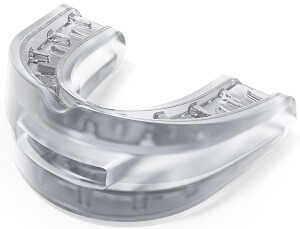
 Also consider sleeping on your side, which helps to keep the airway open and reduce snoring. By sleeping on your side, gravity helps to shift fat around the neck to the side and prevent it from pressing against the airway.
Also consider sleeping on your side, which helps to keep the airway open and reduce snoring. By sleeping on your side, gravity helps to shift fat around the neck to the side and prevent it from pressing against the airway.

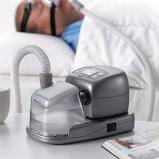 Without insurance or limited insurance with high copays, the cost of a new CPAP machine can be so prohibitive that some people will buy used ones. However, the problem with this solution is navigating through all the different websites and trying to find a CPAP which is safe and works right. There are companies which offer discounts on CPAP models which are older and not used, but there can be problems with this because parts and supplies may no longer be manufactured for the machines. If this important life-saving machine has limited, or no value, in either case, there is no deal at all.
Without insurance or limited insurance with high copays, the cost of a new CPAP machine can be so prohibitive that some people will buy used ones. However, the problem with this solution is navigating through all the different websites and trying to find a CPAP which is safe and works right. There are companies which offer discounts on CPAP models which are older and not used, but there can be problems with this because parts and supplies may no longer be manufactured for the machines. If this important life-saving machine has limited, or no value, in either case, there is no deal at all.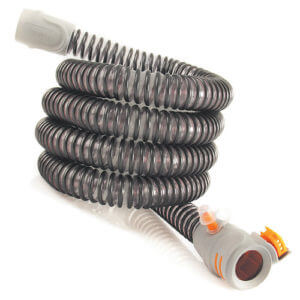


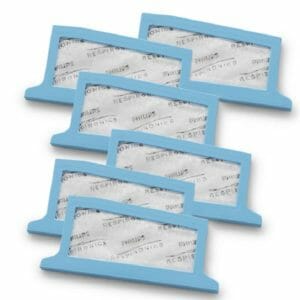

 In the evolution of TSD’s first, there was the aveoTSD then along came the Good Morning Snore Solution followed by the Pacifier and now we have the ZenGuard by ZenSleep.
In the evolution of TSD’s first, there was the aveoTSD then along came the Good Morning Snore Solution followed by the Pacifier and now we have the ZenGuard by ZenSleep.
 One important consideration to examine is the type of material a mouthpiece is made from. It’s important to understand what type of material you are putting into your mouth each night. Reputable manufacturers will construct their mouthguards from medical grade silicone, typically
One important consideration to examine is the type of material a mouthpiece is made from. It’s important to understand what type of material you are putting into your mouth each night. Reputable manufacturers will construct their mouthguards from medical grade silicone, typically  When deciding which snoring mouthpiece to choose, an important consideration for many is the price. The ZenGuard sells for $97.00 USD with free US Shipping.
When deciding which snoring mouthpiece to choose, an important consideration for many is the price. The ZenGuard sells for $97.00 USD with free US Shipping. How does the Zenguard Compare to other TSD’s? Over the years, I’ve tested three other TSD’s – aveoTSD, the Pacifier, and Good Morning Snore Solution. As for a comparison of these products to the ZenGuard, my observations are as follows:
How does the Zenguard Compare to other TSD’s? Over the years, I’ve tested three other TSD’s – aveoTSD, the Pacifier, and Good Morning Snore Solution. As for a comparison of these products to the ZenGuard, my observations are as follows: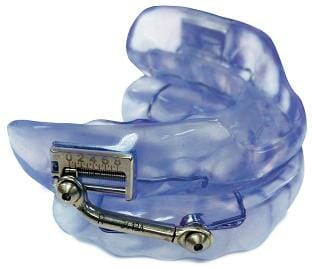
 Everyone’s mouth structure is different. Some people’s mouths are wide, some are narrow. The surface of each and every tooth is unique. Some have missing teeth while others have dental work such as crowns or bridges or even dentures. In other words, no two mouths are identical. When fitting an oral appliance, it’s very important that the device remains closed against the surface of each tooth, not only to increase the likelihood of the device being effective but also to provide the highest level of comfort possible. A properly fitted oral appliance such as the SomnoDent is very thin, yet durable and is more likely to be tolerated than one that has not been fitted properly . A poorly fitted mouthpiece will cause discomfort and is likely to be discontinued by the patient after only a few nights of use.
Everyone’s mouth structure is different. Some people’s mouths are wide, some are narrow. The surface of each and every tooth is unique. Some have missing teeth while others have dental work such as crowns or bridges or even dentures. In other words, no two mouths are identical. When fitting an oral appliance, it’s very important that the device remains closed against the surface of each tooth, not only to increase the likelihood of the device being effective but also to provide the highest level of comfort possible. A properly fitted oral appliance such as the SomnoDent is very thin, yet durable and is more likely to be tolerated than one that has not been fitted properly . A poorly fitted mouthpiece will cause discomfort and is likely to be discontinued by the patient after only a few nights of use.
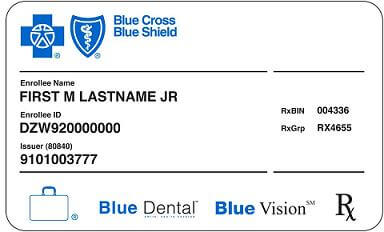 Quality mouthpieces fitted by an industry professional can be quite expensive for most people. If you have good insurance coverage, you can save a significant amount of money on your mouthpiece. Most insurance companies, both private and government, provide some type of coverage to cover some of the cost of a Mandibular Advancement Device. Depending on your insurance provider, you may still have to pay up to $1k or more out of pocket.
Quality mouthpieces fitted by an industry professional can be quite expensive for most people. If you have good insurance coverage, you can save a significant amount of money on your mouthpiece. Most insurance companies, both private and government, provide some type of coverage to cover some of the cost of a Mandibular Advancement Device. Depending on your insurance provider, you may still have to pay up to $1k or more out of pocket. There are currently over 320 million people residing in the United States and even with the recent health care reform act, 30 million Americans still do not have health insurance. That means that 10% of the population or 1 in 10 people do not carry insurance. The number of people without dental coverage is even higher. Some estimate that over 25% of the population carries no dental insurance.
There are currently over 320 million people residing in the United States and even with the recent health care reform act, 30 million Americans still do not have health insurance. That means that 10% of the population or 1 in 10 people do not carry insurance. The number of people without dental coverage is even higher. Some estimate that over 25% of the population carries no dental insurance. If you are considering a mouthpiece to treat your snoring but do not want to pay the full cost of pro-fitted mouthpiece without knowing if it will work for you, an OTC type product may be a great place to start.
If you are considering a mouthpiece to treat your snoring but do not want to pay the full cost of pro-fitted mouthpiece without knowing if it will work for you, an OTC type product may be a great place to start. So which one is a better choice? As with most things in life, when it comes to making a decision, it often comes down to money. Mouthpieces that can be purchased online are an affordable choice for those with a snoring problem that is not related to sleep apnea. Some of the newer models such as the “SleepTight” are close fitting and more comfortable than older mouthpieces that were sold 10 or even 20 years ago.
So which one is a better choice? As with most things in life, when it comes to making a decision, it often comes down to money. Mouthpieces that can be purchased online are an affordable choice for those with a snoring problem that is not related to sleep apnea. Some of the newer models such as the “SleepTight” are close fitting and more comfortable than older mouthpieces that were sold 10 or even 20 years ago.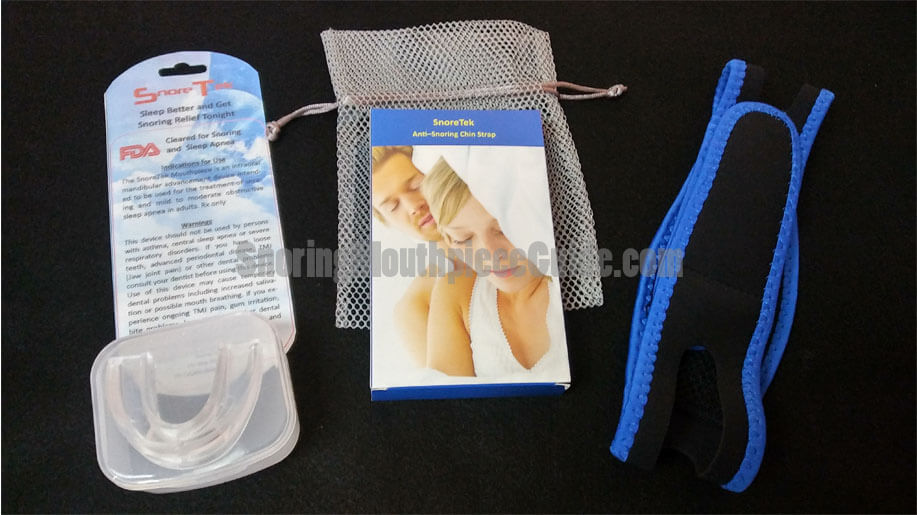
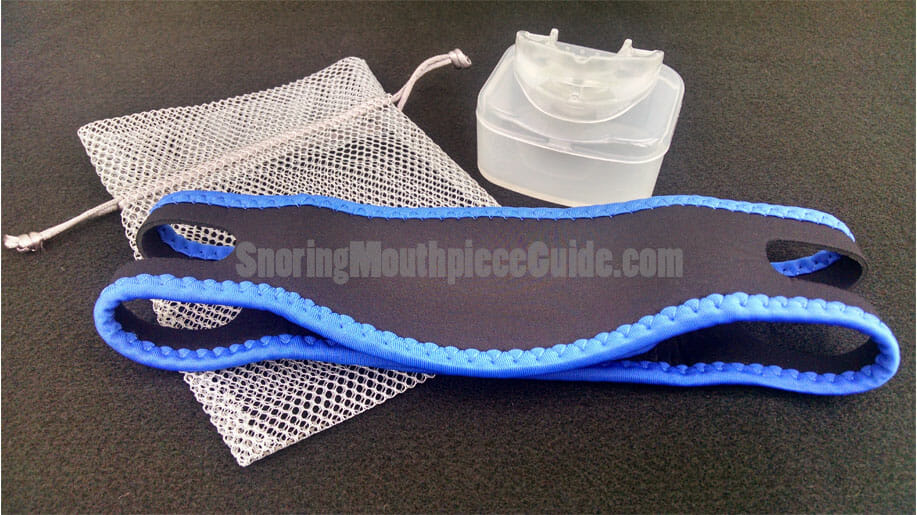
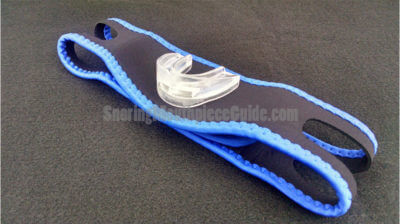
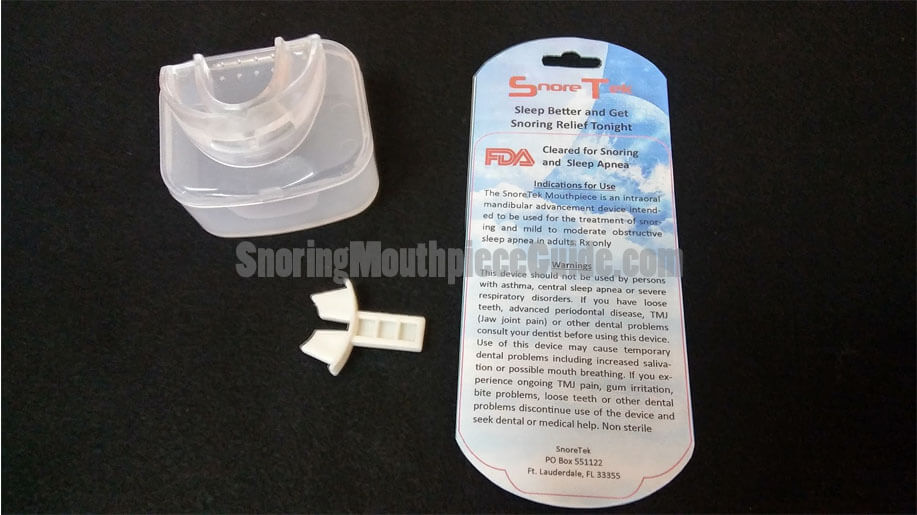
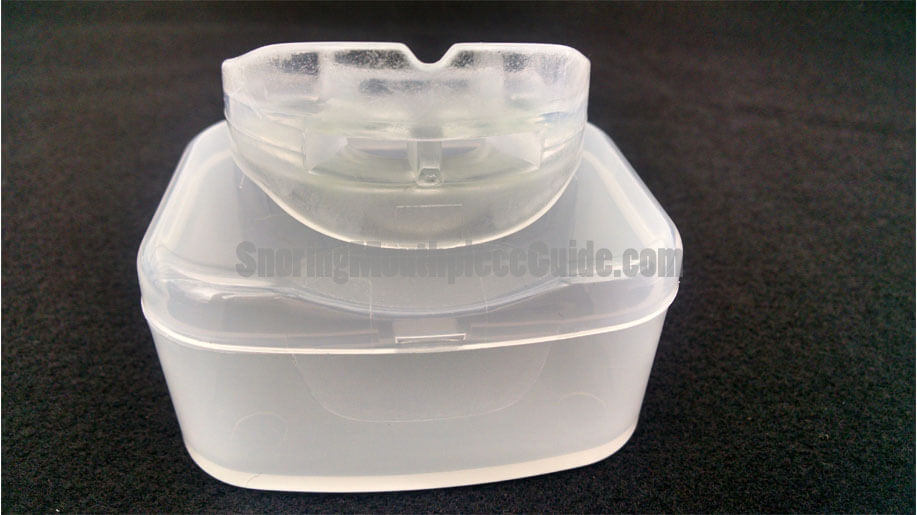
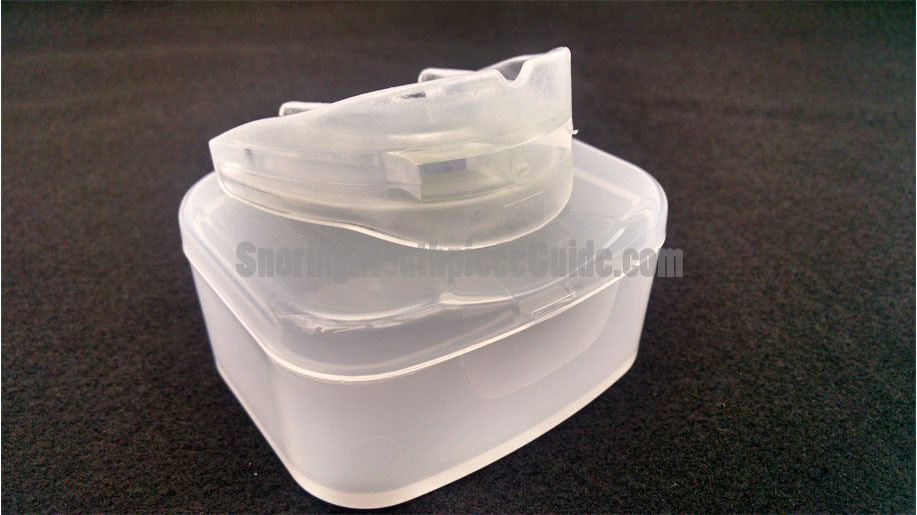
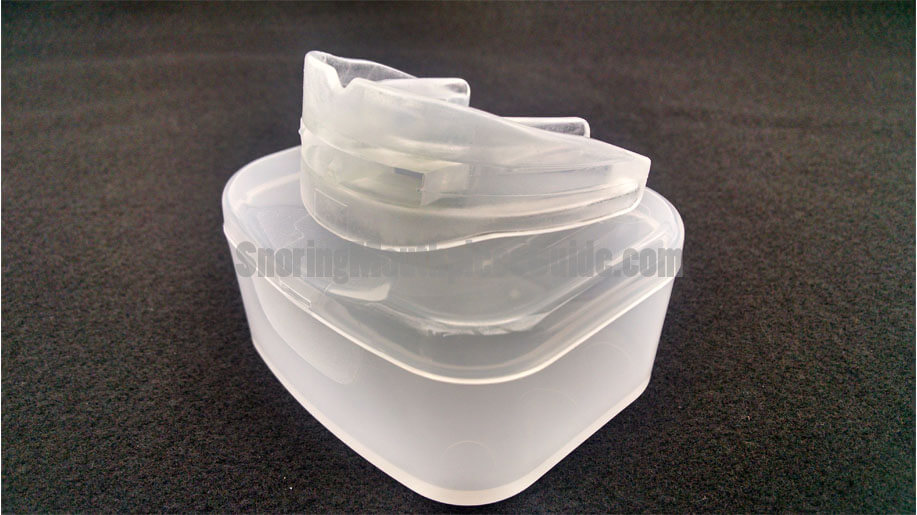
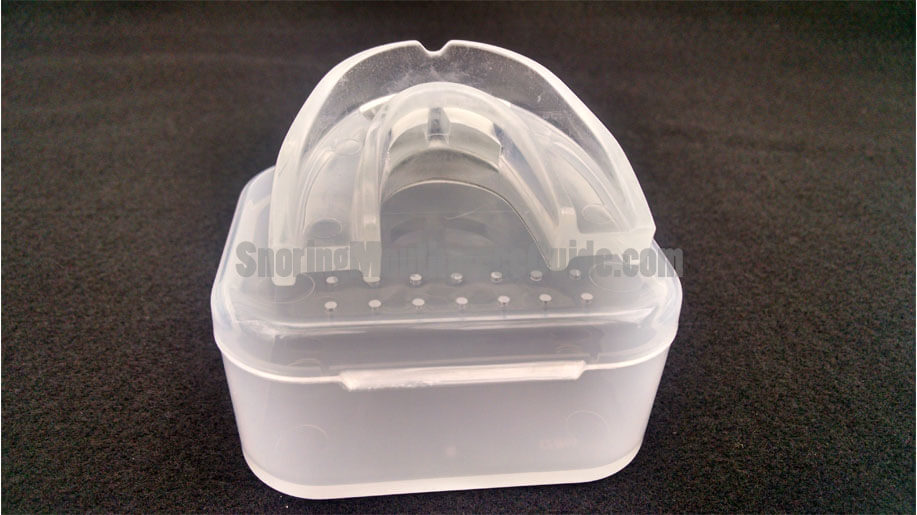
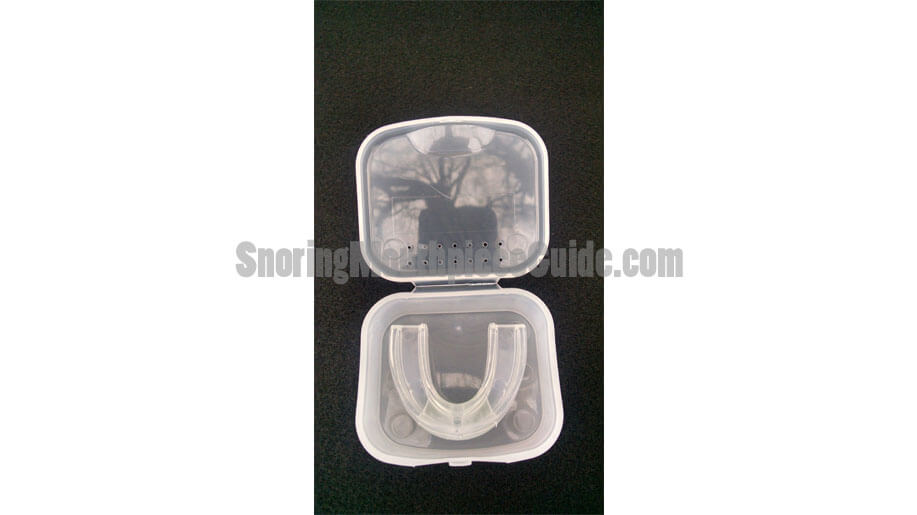
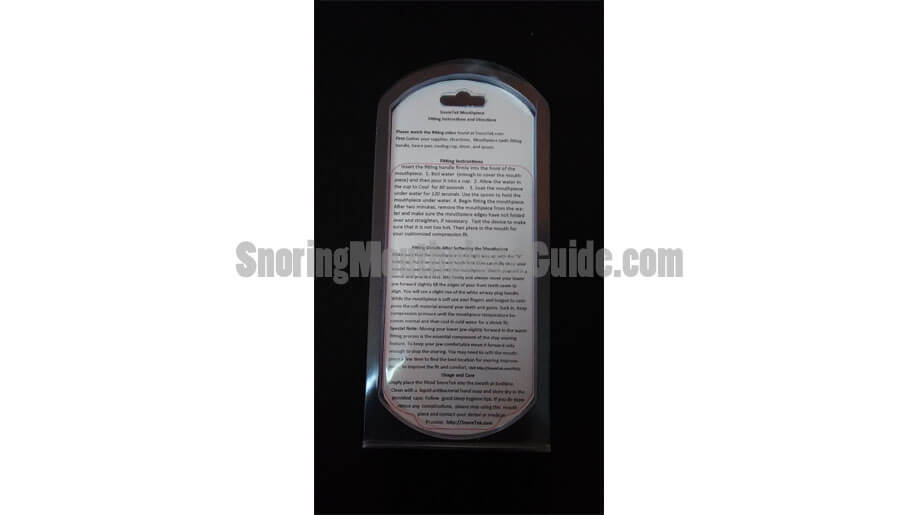
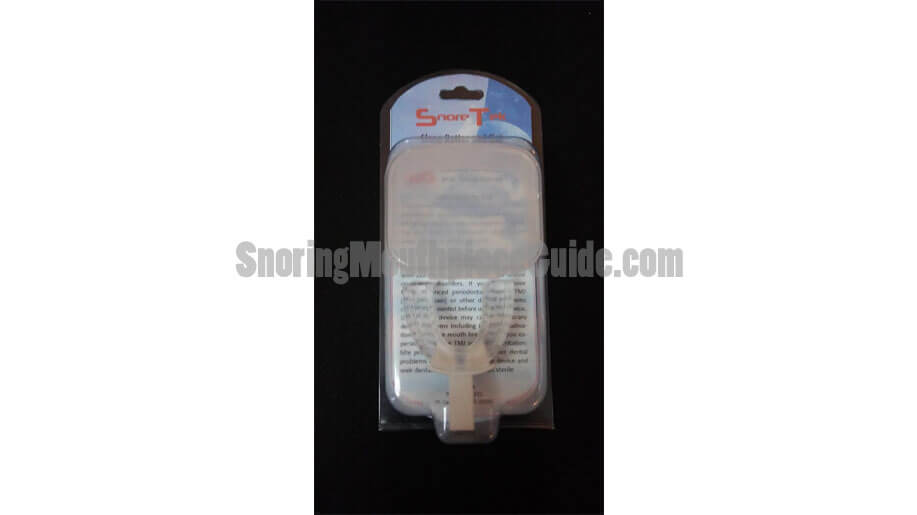
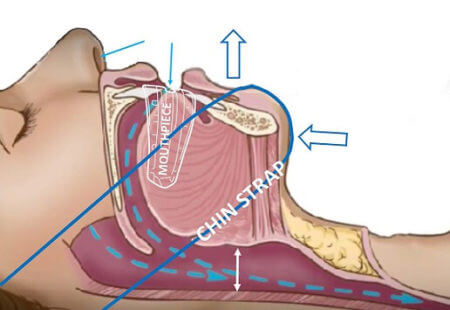
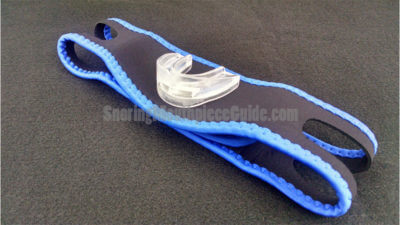 The SnoreTek Mouthpiece is a soft colorless thermoplastic one-piece mouthguard that measures 2 3/8″ at its widest point and 1 7/8″ deep with a thickness of 1″. During the fitting process, the plastic material becomes pliable and compresses, making the mouthpiece more compact.
The SnoreTek Mouthpiece is a soft colorless thermoplastic one-piece mouthguard that measures 2 3/8″ at its widest point and 1 7/8″ deep with a thickness of 1″. During the fitting process, the plastic material becomes pliable and compresses, making the mouthpiece more compact.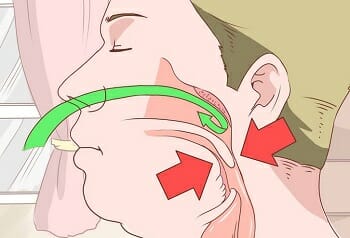
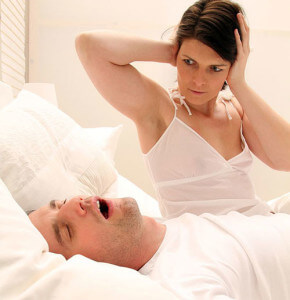 The idea of a MAD/Chinstrap combo may interest you but you may be left wondering if the SnoreTek Mouthpiece will help with your snoring. The MAD has been extensively studied and nearly all studies have concluded that such devices are effective when it comes to treating snoring and OSA. The rate of effectiveness seems to vary from one study to another but generally speaking, they seem to be effective in 80%-85% of patients studied.
The idea of a MAD/Chinstrap combo may interest you but you may be left wondering if the SnoreTek Mouthpiece will help with your snoring. The MAD has been extensively studied and nearly all studies have concluded that such devices are effective when it comes to treating snoring and OSA. The rate of effectiveness seems to vary from one study to another but generally speaking, they seem to be effective in 80%-85% of patients studied. Currently, the SnoreTek chinstrap combo pack sells for $79.90 which includes shipping and handling. It appears as if the company currently only ships to US residents using 2-7 day USPS First Class shipping.
Currently, the SnoreTek chinstrap combo pack sells for $79.90 which includes shipping and handling. It appears as if the company currently only ships to US residents using 2-7 day USPS First Class shipping. After discovering DIY Mandibular Advancement Devices several years ago, I have tested and completed several reviews on various snoring prevention mouthpieces which can be seen
After discovering DIY Mandibular Advancement Devices several years ago, I have tested and completed several reviews on various snoring prevention mouthpieces which can be seen  Before going to bed I inserted the mouthpiece inside of my mouth and then placed the chinstrap around my jaw and over my head. Once everything was in place, it was clear that this mouthpiece was not going anywhere. One of the biggest complaints when it comes to snoring mouthpieces is the fact that some designs have a tendency to fall out while asleep. When the morning comes around, the mouthpiece ends up in your bed. Combining the mouthpiece and chinstrap seemed to be a clever idea.
Before going to bed I inserted the mouthpiece inside of my mouth and then placed the chinstrap around my jaw and over my head. Once everything was in place, it was clear that this mouthpiece was not going anywhere. One of the biggest complaints when it comes to snoring mouthpieces is the fact that some designs have a tendency to fall out while asleep. When the morning comes around, the mouthpiece ends up in your bed. Combining the mouthpiece and chinstrap seemed to be a clever idea. Overall, this combo exceeded my expectations and prove itself as a mouthpiece worthy of consideration for purchase. The combination of using a mouthpiece and chinstrap together is something that I have never considered in the past but would now highly recommend, especially if you have experienced issues with your mouthpiece falling out in the middle of the night. The SnoreTek chinstrap did an excellent job of securing the mouthpiece while helping to hold my jaw forward.
Overall, this combo exceeded my expectations and prove itself as a mouthpiece worthy of consideration for purchase. The combination of using a mouthpiece and chinstrap together is something that I have never considered in the past but would now highly recommend, especially if you have experienced issues with your mouthpiece falling out in the middle of the night. The SnoreTek chinstrap did an excellent job of securing the mouthpiece while helping to hold my jaw forward.
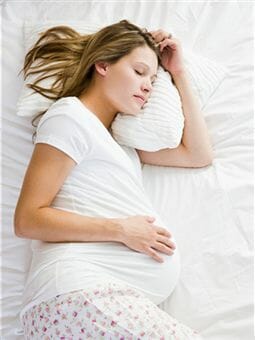
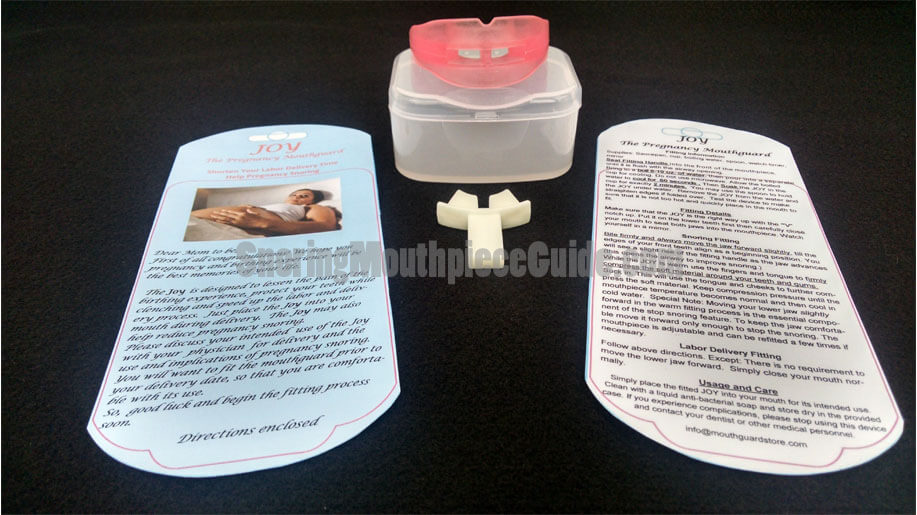
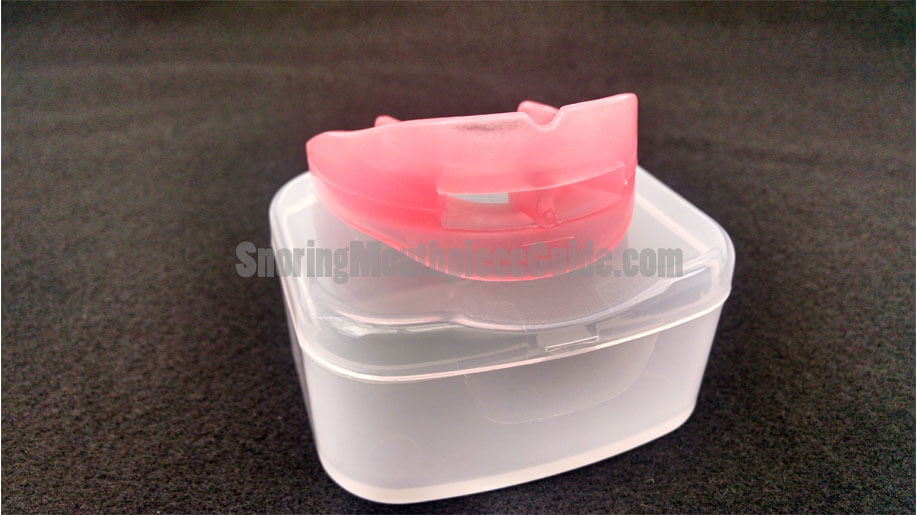
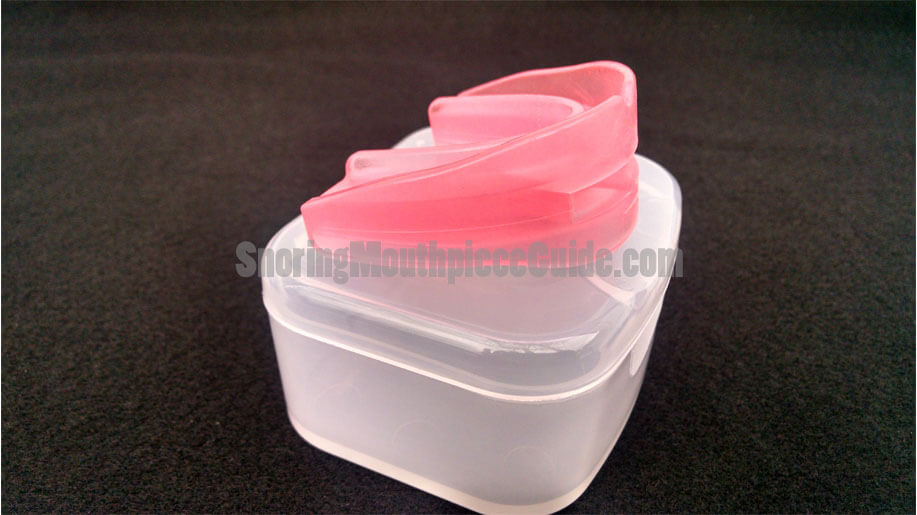
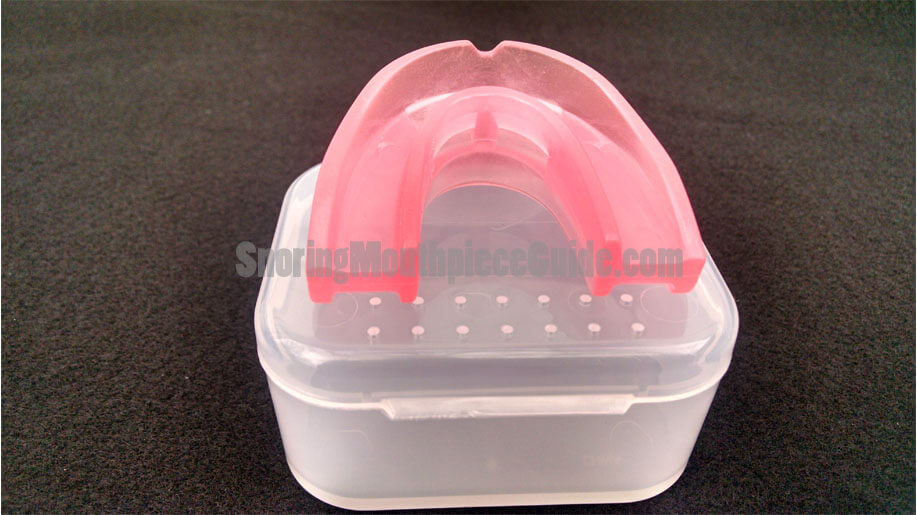
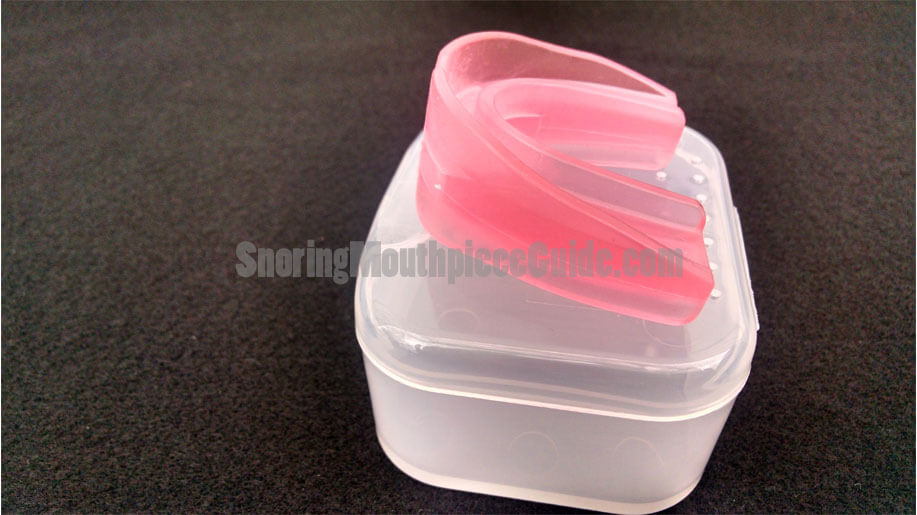
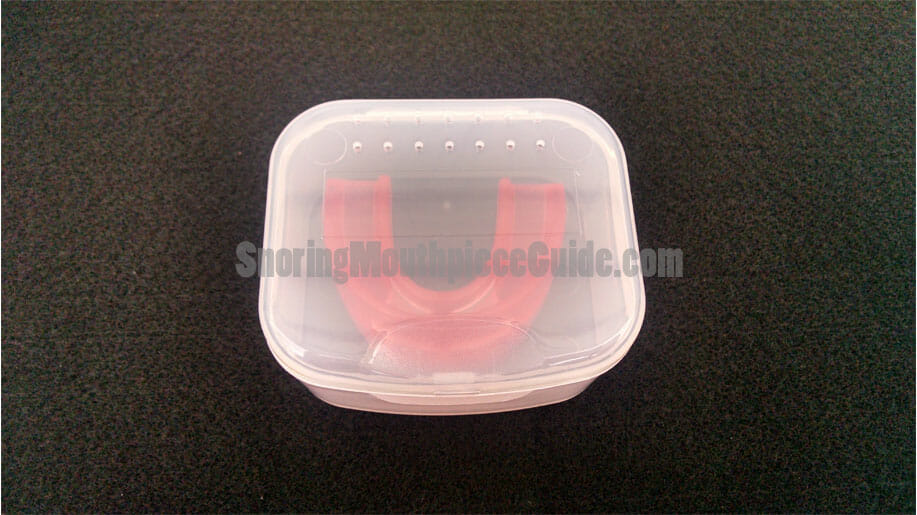
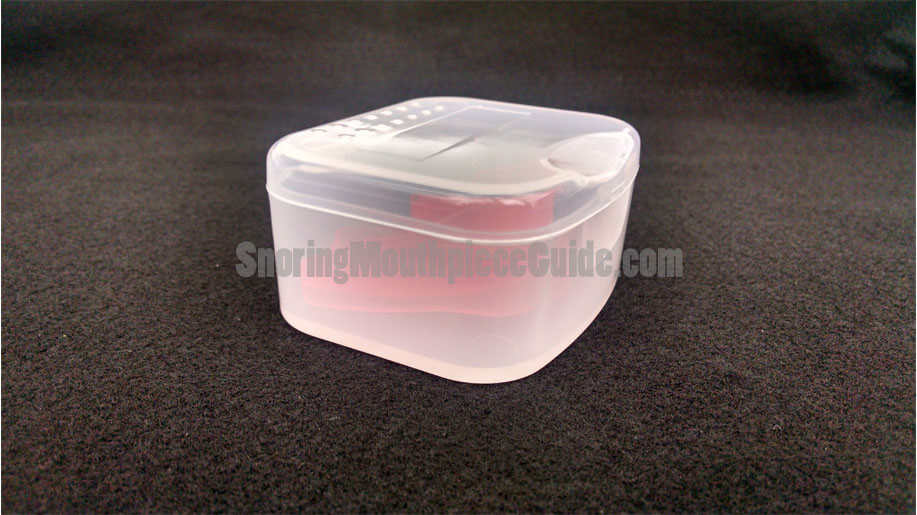
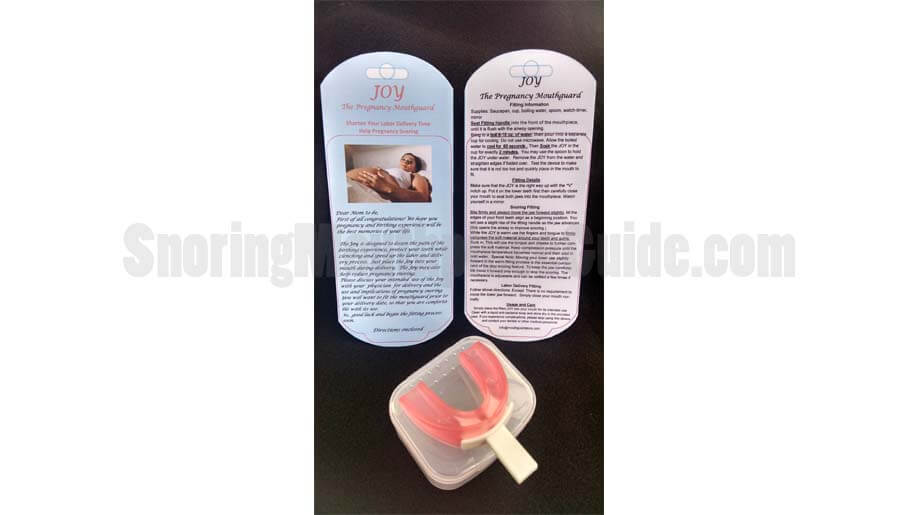
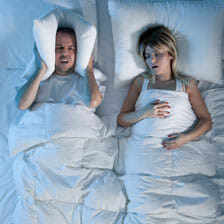

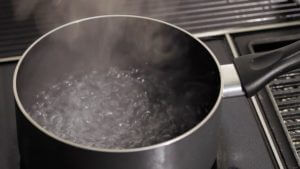

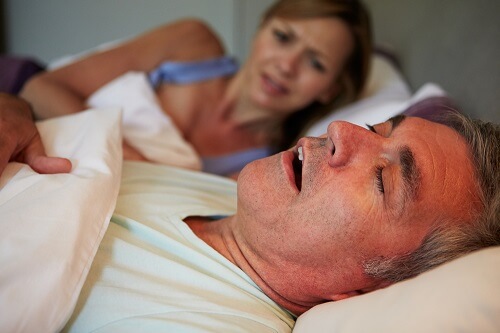 When you have a problem, you want a permanent solution and not just a temporary fix, right? If your problem is snoring, this statement especially rings true.
When you have a problem, you want a permanent solution and not just a temporary fix, right? If your problem is snoring, this statement especially rings true. Preventing snoring may be as easy as losing a few pounds. Before going any further, I would like to emphasize that not all who snore are overweight and not all who are
Preventing snoring may be as easy as losing a few pounds. Before going any further, I would like to emphasize that not all who snore are overweight and not all who are 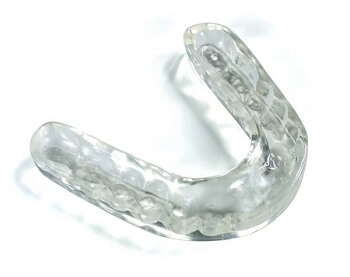 Perhaps you have tried to lose weight or simply have no interest in doing so. Is there an easier solution?
Perhaps you have tried to lose weight or simply have no interest in doing so. Is there an easier solution? When using you’re a mouthpiece as a permanent solution, you should always use it as directed by the manufacturer. Keep in mind that a part of following the manufacturer’s instruction involves accurately answering their questionnaire prior to purchase. Such questionnaires are designed to determine if you can safely use their product. The company who is selling the mouthpiece is required to ask questions about your oral health such as “Do you have any loose teeth?” or “Does your jaw make a popping noise when chewing or speaking?”. These questions help them to determine if a mouthpiece is a safe solution in your particular case.
When using you’re a mouthpiece as a permanent solution, you should always use it as directed by the manufacturer. Keep in mind that a part of following the manufacturer’s instruction involves accurately answering their questionnaire prior to purchase. Such questionnaires are designed to determine if you can safely use their product. The company who is selling the mouthpiece is required to ask questions about your oral health such as “Do you have any loose teeth?” or “Does your jaw make a popping noise when chewing or speaking?”. These questions help them to determine if a mouthpiece is a safe solution in your particular case.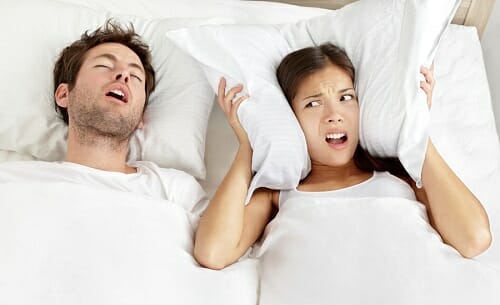

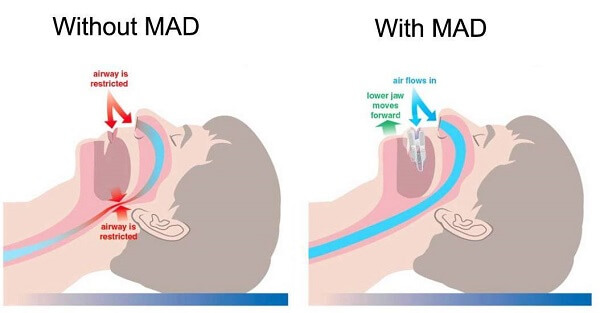 Snoring mouthpieces are actually considered Mandibular Advancement Devices (MAD) and were invented well over 30 years ago to help those with Sleep Apnea. While the snoring mouthpiece works using the same principle, it should only be used to lessen the sound of snoring and not necessarily to treat OSA. If you suspect that your husband’s snoring is being caused by OSA, he should
Snoring mouthpieces are actually considered Mandibular Advancement Devices (MAD) and were invented well over 30 years ago to help those with Sleep Apnea. While the snoring mouthpiece works using the same principle, it should only be used to lessen the sound of snoring and not necessarily to treat OSA. If you suspect that your husband’s snoring is being caused by OSA, he should  Here are 5 buying tips that you may want to keep in mind if you decide to give the snoring mouthpiece a try:
Here are 5 buying tips that you may want to keep in mind if you decide to give the snoring mouthpiece a try: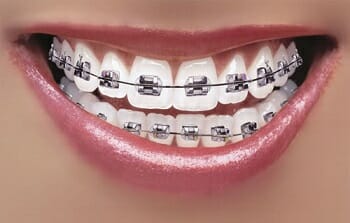 According to the American Association or Orthodontics, it’s estimated that over 1.2 million adults in the United States are wearing braces to straighten their teeth and to obtain a beautiful smile. It’s also estimated that around 50% of adults snore, meaning that there are at least 600,000 adult snorers out there, some who are considering a snoring mouthpiece and are interested in this one question:
According to the American Association or Orthodontics, it’s estimated that over 1.2 million adults in the United States are wearing braces to straighten their teeth and to obtain a beautiful smile. It’s also estimated that around 50% of adults snore, meaning that there are at least 600,000 adult snorers out there, some who are considering a snoring mouthpiece and are interested in this one question: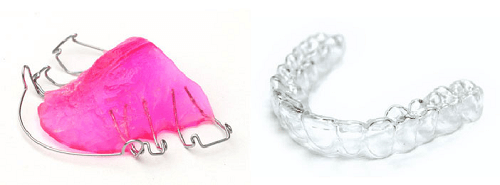
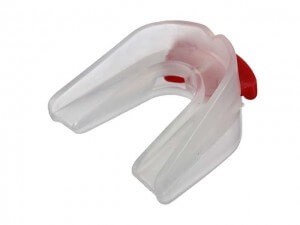
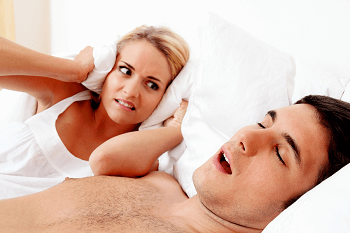 There has been quite a bit of attention drawn towards snoring these days. Millions of us either snore or deal with a snoring partner each night. Aside from being a nuisance for your partner, did you know that snoring can actually kill you? To be more specific, the act of snoring doesn’t actually kill, but it’s often a symptom of a more serious medical condition known as
There has been quite a bit of attention drawn towards snoring these days. Millions of us either snore or deal with a snoring partner each night. Aside from being a nuisance for your partner, did you know that snoring can actually kill you? To be more specific, the act of snoring doesn’t actually kill, but it’s often a symptom of a more serious medical condition known as 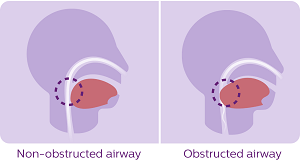 As mentioned, benign snoring is not an issue while sleep apnea is. Is there a way to tell if your snoring is just snoring or if it’s an indication of sleep apnea? Only a properly trained medical professional can determine the likelihood and ultimately diagnose sleep apnea through a test known as a sleep study. Your doctor may have you complete a questionnaire such as the STOP-BANG before deciding your risk for OSA and whether or not further testing is warranted.
As mentioned, benign snoring is not an issue while sleep apnea is. Is there a way to tell if your snoring is just snoring or if it’s an indication of sleep apnea? Only a properly trained medical professional can determine the likelihood and ultimately diagnose sleep apnea through a test known as a sleep study. Your doctor may have you complete a questionnaire such as the STOP-BANG before deciding your risk for OSA and whether or not further testing is warranted.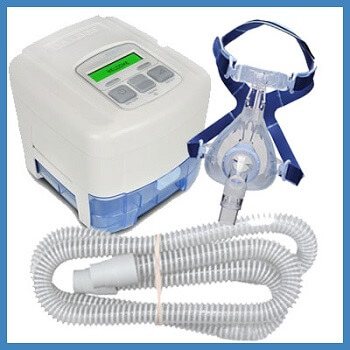
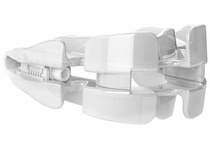 In many cases, snoring is simply benign snoring and is harmless with the exception of the damage that it can do to relationships. Where snoring is simply, well snoring, there are a number of snoring solutions out there that can help. One of the most effective solutions is the snoring mouthpiece which functions using the same concept as the mandibular advancement devices that are prescribed by your doctor.
In many cases, snoring is simply benign snoring and is harmless with the exception of the damage that it can do to relationships. Where snoring is simply, well snoring, there are a number of snoring solutions out there that can help. One of the most effective solutions is the snoring mouthpiece which functions using the same concept as the mandibular advancement devices that are prescribed by your doctor.